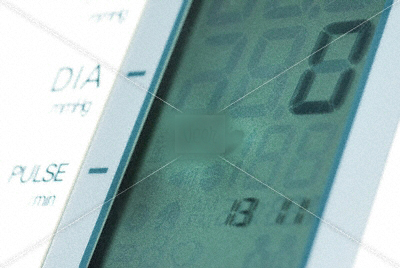Summary
Home telehealth is used to help people with asthma reduce their symptoms and improve their self-management ability. Patients can use home telehealth devices to transmit information about their health status to providers or an automated system. The feedback that they receive assists them in determining when to adjust medication doses or testing frequency.
Details
Basic Model
Symptom reduction and improved self-management were the primary goals of most interventions in the studies retrieved. This was typically attempted through a form of remote monitoring. Patients recorded medication use and/or symptoms electronically. Data were then transmitted to a provider-accessible server. Patients received feedback from a provider, an automated decision support system, or a combination. The use of automated tools to reduce demands on health care providers was a common feature of the studies found.
Studies were unusually comprehensive in measuring outcomes. While the focus did tend to be on variables related to symptoms and self-management, as noted above, most studies used a variety of clinical and behavioural measures. Examples include disease-related knowledge (van der Meer et al., 2009), incidence and/or severity of symptoms (Rasmussen et al., 2005; van der Meer et al., 2009; Willems et al., 2008), medication use (Willems et al., 2008; van der Meer et al., 2010; Rasmussen et al., 2005), quality of life (Willems et al., 2007, 2008; van der Meer et al., 2009), and spirometric testing results (Prabhakaran et al., 2010; Rasmussen et al., 2005; Strandbygaard et al., 2009; Willems et al., 2007).
Human Resource Requirements
In 3 interventions, nurses took primary responsibility for patient education and treatment adjustments (Prabhakaran et al., 2010; van der Meer et al., 2009, 2010; Willems et al., 2007, 2008). In Rasmussen et al. (2005), a physician was responsible. No provider involvement is mentioned in Strandbygaard et al. (2009). Although this study included 3 clinical examinations for the purposes of assessment, health professional involvement in the intervention itself, which consisted of automated medication reminders sent through SMS, appeared minimal.
The precise nature of providers’ involvement in interventions inconsistently reported. Van der Meer et al. (2009, 2010) stood alone in its quantification of patient-provider contact. Intervention group patients had an average of 5.9 (CI 4.8-7.1) contacts with the asthma nurse during the 12-month intervention. These contacts were initiated in response to recommendations generated by a treatment algorithm that had been developed by a team of medical professionals. The automated system generated weekly feedback for patients in addition to notifying nurses when contact was required.
The use of a decision support system to reduce treatment demands on the provider was a notable feature of several studies. In Rasmussen et al. (2005), for instance, an automated system checked for patient success in self-management before physicians advised any changes in treatment. Similarly, patient responses to symptom inquiries in Prabhakaran et al. (2010) were tracked by an automated system that alerted the study nurse only when a possible exacerbation was detected.
Technical Requirements
In 2 studies, patients accessed interventions through mobile phones (Prabhakaran et al.,2010; Strandbygaard et al., 2009). Participants in 2 others used Internet-enabled personal computers (van der Meer et al., 2009, 2010; Rasmussen et al., 2005). In Rasmussen et al. (2005), patients without access to a computer had the option of receiving the intervention with a push-button telephone. The remaining study used both a stationary telephone and an asthma monitor with transmission capabilities (Willems et al., 2007, 2008). This monitor was a portable hand-held device with a modem attachment. Technical requirements for providers tended to be more modest, generally consisting of an internet-enabled computer, a stationary telephone, or a combination.
As mentioned previously, several interventions had a significant automated component. This was especially conspicuous in van der Meer et al. (2009, 2010), in which a treatment algorithm was incorporated into patients’ online asthma management action plans. The algorithm, which was based in part on Global Initiative for Asthma (GINA) guidelines and on previous research on classifying levels of asthma control, was developed with the input of a team of health professionals. See van der Meer et al. (2009, 2010) for additional details.
Departures from Basic Model
The quantity of patient feedback varied, as did the mechanism by which it was transmitted. The intervention used in Strandbygaard et al. (2009) was unusually circumscribed in its provision of feedback; while patients received daily SMS reminders of medication times, messaging was automated and uni-directional. Human resource requirements were therefore minimal. Patients sent no data to providers, although the 3-month study did include 3 clinical examinations for data collection purposes.
